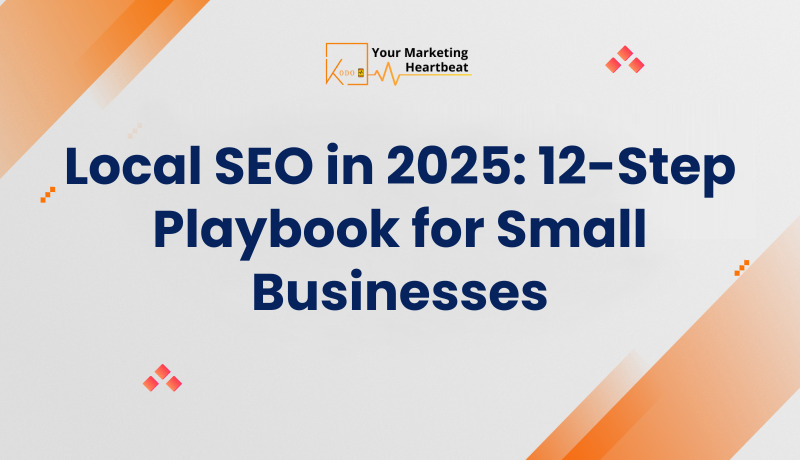Boost Your Website’s Success: 6 Key Google Analytics Metrics
In the digital age, understanding your website’s performance is crucial for business growth. Tracking key metrics can provide invaluable insights into how users interact with your site, helping you make informed decisions to enhance user experience and drive conversions. One of the most powerful tools for this purpose is Google Analytics. In this post, we will explore six key metrics you should track in Google Analytics to gain a comprehensive understanding of your website’s performance.
1. Users and Sessions
Users and sessions are foundational metrics in Google Analytics that provide insight into your audience’s behavior.
- Users: This metric represents unique visitors to your site over a specified period. If a user visits your site multiple times within that period, they are counted only once.
- Sessions: A session is defined as a group of interactions that take place on your website within a given timeframe. By default, a session ends after 30 minutes of inactivity or at midnight.
Understanding these metrics helps you gauge your site’s popularity and audience engagement. For instance, if you notice a high number of sessions but low unique users, it may indicate that visitors are returning frequently, which is a positive sign of engagement.Actionable Tips:
- Regularly check the Audience Overview report in Google Analytics to monitor changes in user numbers and sessions.
- Use this data to identify patterns—such as peak traffic times or successful marketing campaigns driving new users.
2. Bounce Rate
The bounce rate measures the percentage of visitors who leave your site after viewing only one page without interacting further. A high bounce rate can indicate that visitors aren’t finding what they expected or that the content isn’t engaging enough.Why does bounce rate matter? A lower bounce rate often correlates with higher engagement and better user experience. If users are leaving quickly, it might be time to investigate why.Strategies to Reduce Bounce Rate:
- Improve Page Load Time: Ensure your site loads quickly; slow-loading pages can frustrate users. Aim for a load time of under three seconds.
- Enhance Content Relevance: Make sure your content aligns with what users expect based on their search queries or ads. Use clear headlines and subheadings to guide readers.
- Optimize Design and Navigation: A clean, intuitive layout encourages users to explore more pages. Use breadcrumb navigation to help users understand where they are on your site.
- Engaging Call-to-Actions (CTAs): Include compelling CTAs that prompt visitors to take action, such as signing up for newsletters or exploring other pages.
Learn more about bounce rate reduction techniques here.
3. Average Session Duration
The average session duration metric measures how long users spend on your site during a session. This metric is crucial for assessing user engagement; longer durations typically indicate that visitors find your content valuable. To increase average session duration:
- Create Interactive Content: Incorporate quizzes, videos, or polls that encourage users to spend more time on your site. Interactive elements can captivate attention and keep visitors engaged longer.
- Utilize Internal Linking: Guide users to related content within your site to keep them engaged longer. For example, if someone reads a blog post about digital marketing strategies, link them to another post about SEO tips.
- Provide Quality Content: Ensure the content is informative and engaging, prompting users to read further. Use storytelling techniques or real-life examples to make the content relatable.
- Optimize for Mobile Users: Ensure that your website is mobile-friendly since many users browse on their phones. A seamless mobile experience can significantly improve session duration.
4. Pages per Session
The pages per session metric indicates how many pages a user views during a single session on your site. This metric helps you understand how effectively your content encourages exploration. A higher number of pages per session often suggests that users find your content engaging and relevant. To optimize this metric:
- Streamlined Navigation: Ensure that users can easily find related content through clear menus and links. Consider using dropdown menus for easy access to different sections of your site.
- Use Related Content Sections: At the end of articles or pages, suggest related posts or products to encourage further exploration. This not only keeps users on your site longer but also improves SEO through increased internal linking.
- Implement Search Functionality: Adding a search bar allows users to find specific information quickly, reducing frustration and increasing the likelihood of viewing more pages.
Create Compelling Landing Pages: Design landing pages that capture interest and encourage visitors to explore further by providing links to additional resources or related topics.
5. Goal Conversion Rate
In Google Analytics, a goal represents specific actions you want users to take on your website—such as making a purchase, signing up for a newsletter, or submitting a contact form. The goal conversion rate measures the percentage of sessions that resulted in goal completions. Setting up goals allows you to track conversions effectively:
- Navigate to the Admin section in Google Analytics.
- Under the View column, click on Goals.
- Click + New Goal and follow the prompts to define your goal (e.g., destination URL for completed purchases).
Once set up, regularly review the goal conversion rates to understand how well your website drives desired actions.To improve goal conversion rates:
- Optimize Landing Pages for Conversions: Ensure landing pages are tailored specifically for conversions with clear messaging and strong CTAs.
- A/B Testing: Test different versions of landing pages or CTAs to see which performs better in terms of conversions.
- Follow Up with Email Campaigns: For goals like newsletter sign-ups, follow up with targeted email campaigns that nurture leads and encourage them to convert further down the line.
Learn more about setting up goals here.
6. Traffic Sources
Understanding where your traffic comes from is essential for refining marketing strategies. Google Analytics categorizes traffic into four main sources:
- Organic Traffic: Visitors who arrive via search engines like Google or Bing.
- Direct Traffic: Users who type your URL directly into their browser.
- Referral Traffic: Visitors coming from links on other websites.
- Social Traffic: Users who arrive via social media platforms like Facebook, Twitter, or LinkedIn.
Analyzing these sources helps you identify which channels are most effective for driving traffic and conversions.To optimize traffic sources:
- Invest more in channels that yield high-quality traffic (e.g., if organic search brings in engaged customers).
- Adjust marketing strategies based on performance—if social media isn’t driving traffic, consider revisiting your approach there by experimenting with different types of content or posting times.
- Use UTM parameters for tracking campaign performance across different channels effectively, allowing you to see which specific campaigns bring in the most traffic and conversions.
Learn more about understanding Google Analytics traffic sources here.
Conclusion
Tracking these six key metrics in Google Analytics—users and sessions, bounce rate, average session duration, pages per session, goal conversion rate, and traffic sources—will provide you with invaluable insights into your website’s performance. Regular analysis of these metrics allows you to adjust strategies effectively and enhance user experience.By implementing actionable steps based on these insights, you’ll be well-equipped to improve your website’s performance and drive business growth. Start by focusing on one metric today—your future self will thank you!Understanding these metrics not only helps you gauge where you currently stand but also illuminates pathways for improvement and growth in an ever-evolving digital landscape. So dive into Google Analytics today and start tracking what truly matters!




April 23, 2024